I am tinkering around with cubes trying to build variations of 'block types' (in an effort to get more familiar with Unity's abilities, shaders, editor tools etc).
I have a generic cube:
That I want to add a material/shader.. which I have done (no problem there):
Which looks well enough (for my purposes) when it's just one block, but when I stick them altogether, I don't like the effect; you can see the individual boxes and the shader (which you can't see in the still image) is actually animated water, so when it's animating it looks ... pretty ugly.
I am trying to STRETCH or share the shader/material across all the selected blocks. See the below example (in this case, I have taken a SINGLE block and stretched it, but that's not keeping with the spirit of having individual blocks, so also not what I want).
(better/more desired)
I have thought the following may help, but they all seem overly complicated (aka I think I'm going about it incorrectly)
- Have the individual blocks, but stretch a single plane across them and then apply the material.
- I have found examples of programmatically joining meshes, and then apply the material/shader to the single object.
- Take a single block and stretch it to the dimensions needed.
- Maybe (not sure if I can), but have a plane with the water material applied to it and use the blocks as masks to only display water for those blocks? Not sure how that works...
In the end I am hoping to have the following:
- Individual blocks (so I can interact with them.
- Shader animations/colors are shared across the shared/connected blocks.
- It won't always be a 2x3 grid... it could be diagonal, or contain odd shapes of connected blocks...
(this is all in EDITOR mode).
Any thoughts on how I might approach this?



